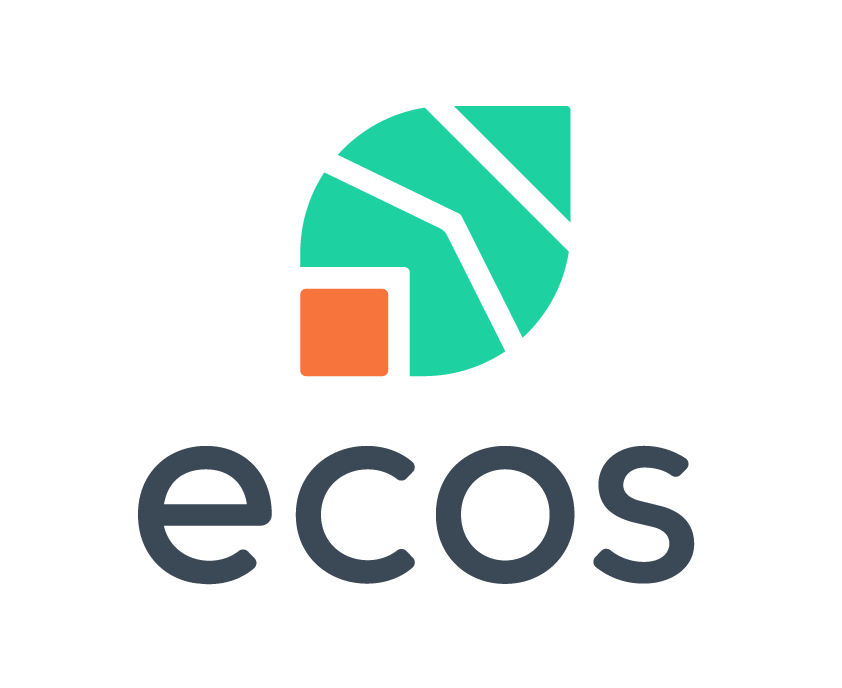Plastic pellets in the spotlight
In the EU alone, 167 000 tonnes of plastic pellets enter the environment every year, making it the second largest source of primary microplastic pollution after tyre wear and tear.
But what are they? Plastic pellets or “nurdles” are similar in shape and size to lentils. Polymer manufacturers and recyclers are fond of this particular format as it is easy to trade, transport and mould into the final plastic product.
There is a dark side, however: spilled pellets pose major risks to the environment, and marine life in particular, as they are often mistaken for food by marine animals. In addition, pellets absorb Persistent Organic Pollutants – toxic chemicals – in particularly high quantities. As a consequence, they enter the food chain, causing biodiversity loss and impacting human health.
There is light in the tunnel: pellet loss is preventable! Contrary to all the other microplastic pollution sources, which are not always easy to identify, pellet pollution is caused solely by actors in the plastic value chain, who know how to prevent it, even if are not always keen to do so. Although voluntary agreements on preventing pellet loss have existed for 30 years, the problem persists.
To improve the situation, we need an EU law that imposes verified pellet loss prevention measures for all actors handling pellets, and disclosure requirements with their clients in the value chain.
Check out the new on-the-go factsheet from ECOS for more.
-
Press Release 09.04.2025 | For immediate release | Brussels, Belgium
-
Member States must step up efforts to ensure the EU meets its packaging waste goals, says the NGO group Rethink Plastic alliance. A new report…



